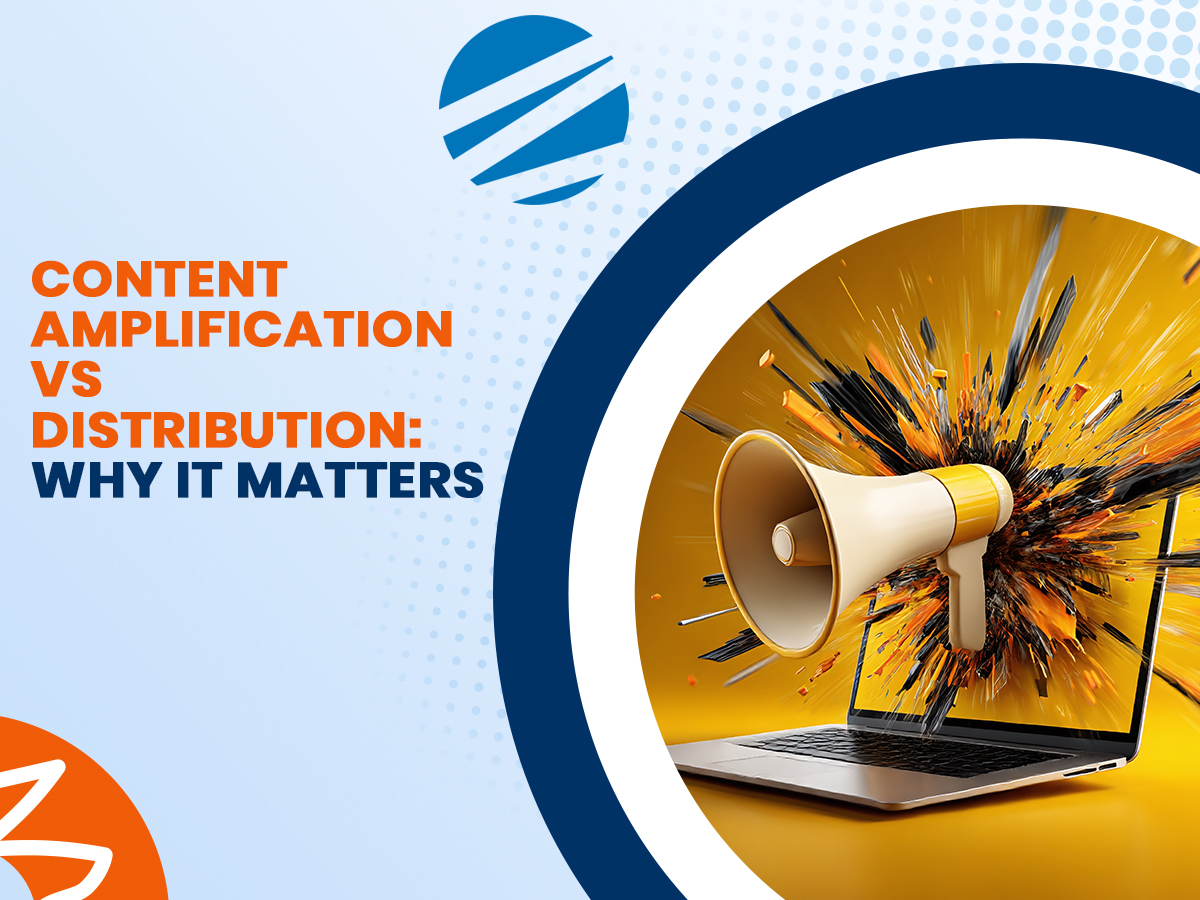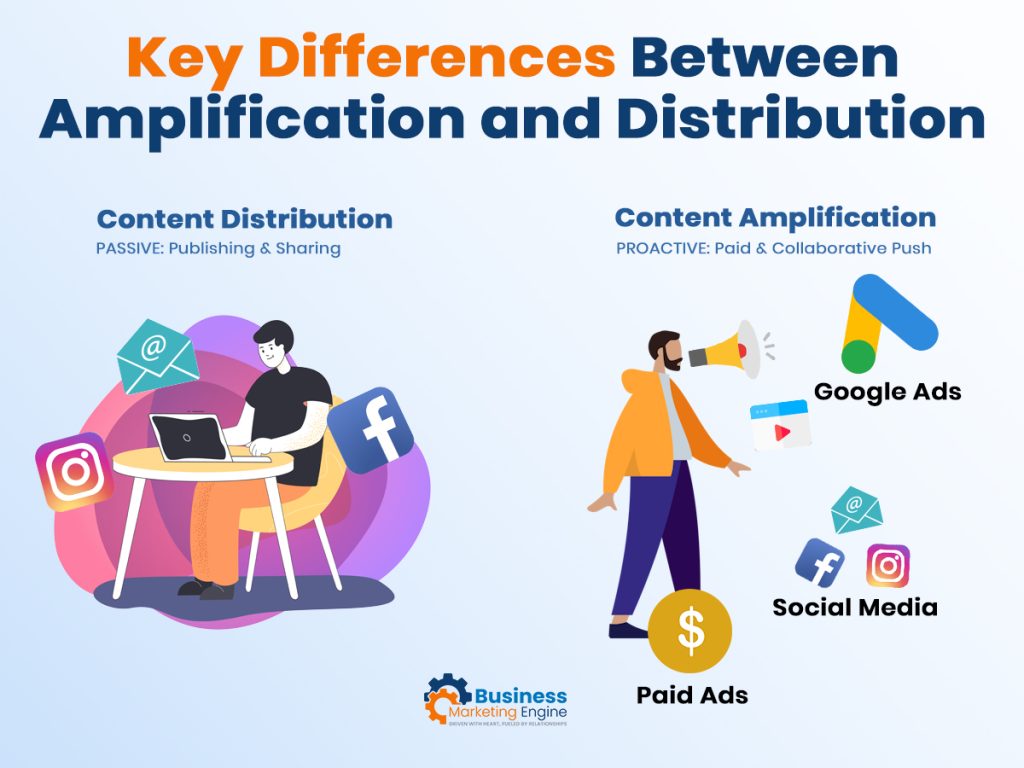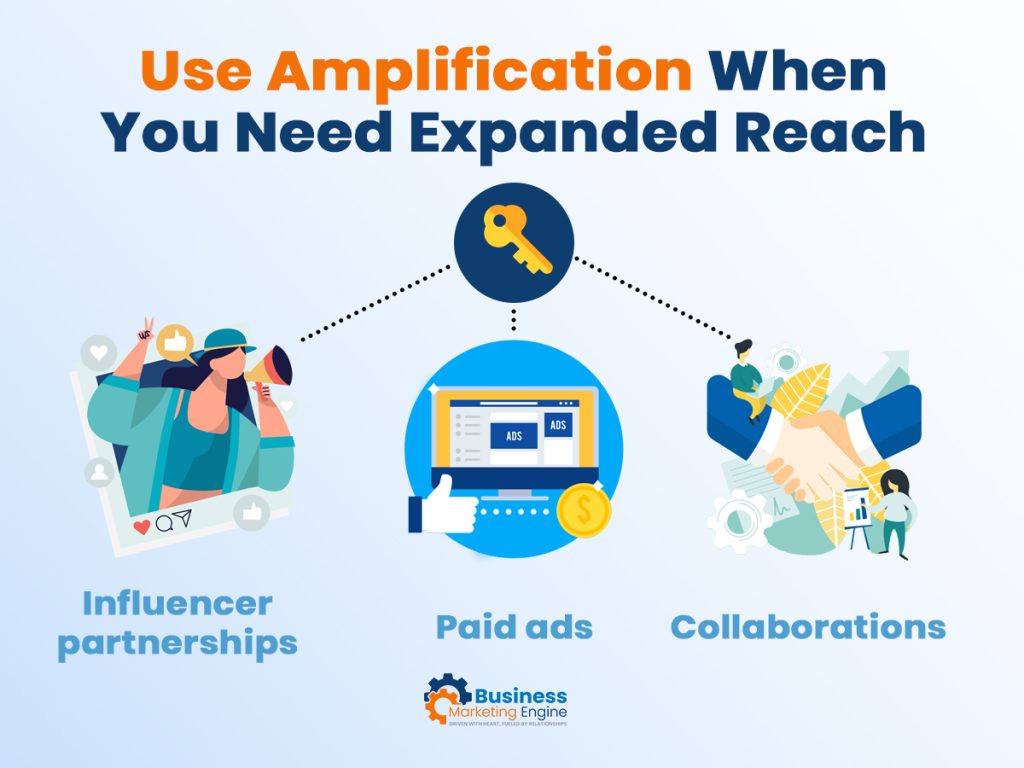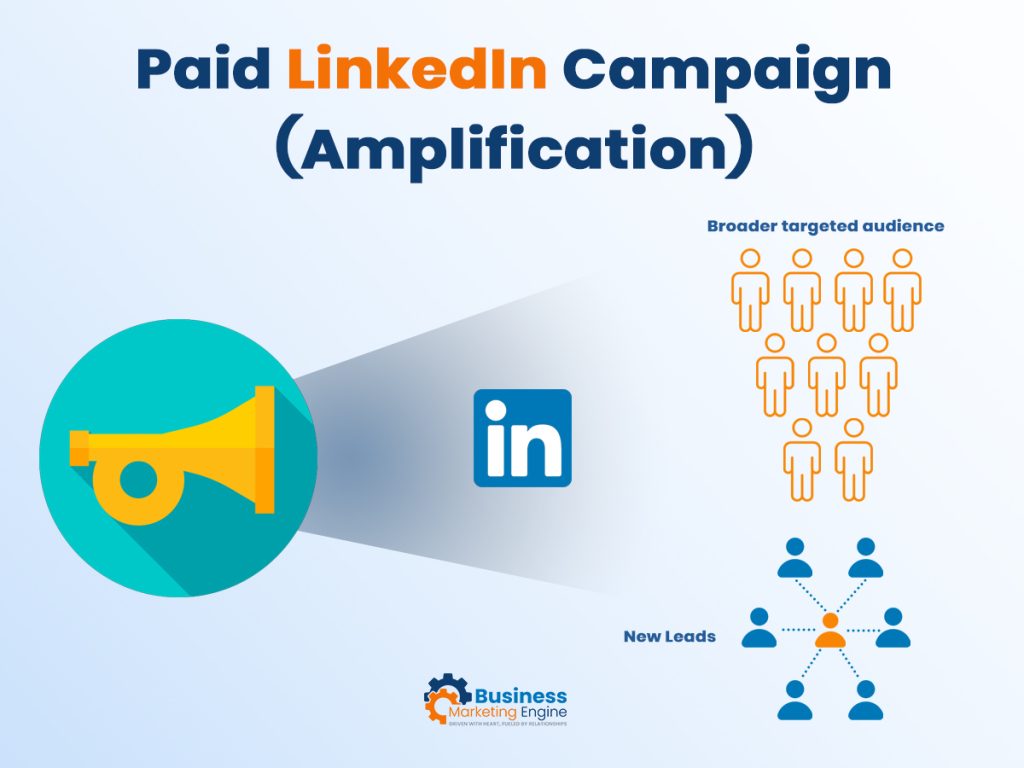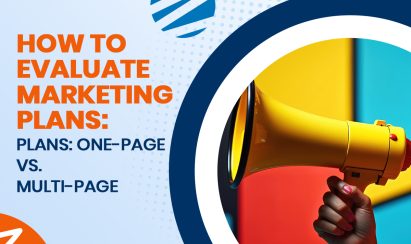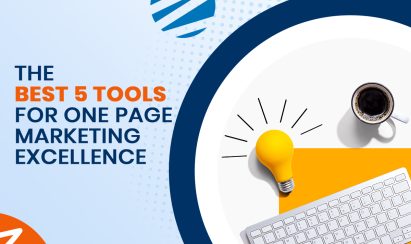Do you distribute content or do you amplify it?
The difference may be the reason your reach is falling flat!
In this blog, we’ll break down the key differences between content distribution and content amplification. We’ll share examples of amplification, content amplification tools, and help you choose the right approach for your unique marketing goals.
By the end, you’ll have everything you need to build a powerful content amplification strategy!
Definitions Matter—Clear Up the Confusion
What is Content Distribution?
Content distribution is the process of sharing your content across various platforms to make it accessible to your target audience. While distribution is necessary to reach your audience, it doesn’t guarantee deeper engagement or more visibility.
What is Content Amplification?
So what is amplification? Content amplification takes distribution a step further. It involves using paid promotion, partnerships, influencers, or other strategies to boost the reach and effectiveness of your content.
Why People Use the Terms Interchangeably—and Why They Shouldn’t
While content distribution and content amplification are often used interchangeably, they serve different purposes. Distribution is about sharing content, while amplification is about maximizing its impact. Using them interchangeably can lead to confusion and missed opportunities.
Understanding the difference helps you develop a content amplification strategy that’s more targeted, effective, and results-driven. That means more leads, more sales, and more loyalty for your business!
Key Differences Between Amplification and Distribution
Distribution = Publishing and Sharing
Content distribution is all about getting your content out there. It’s the act of publishing, sharing, and ensuring your audience can access it, whether via your website, social media, or email. It’s passive, meaning you rely on your audience finding your content through regular channels.
Amplification = Proactive, Paid or Collaborative Push
Content amplification, on the other hand, is about actively pushing your content out to a broader audience. It involves using paid ads, influencer partnerships, or collaborations to boost your content’s visibility and reach beyond your current following. Amplification is proactive—it aims to get your content in front of new eyes.
Tools Used in Each
For distribution, tools like Hootsuite, Mailchimp, and WordPress help you publish and share content across various channels. For amplification, platforms like Facebook Ads, Google Ads, and BuzzSumo are used to boost content through paid campaigns, influencer partnerships, or syndication.
Organic vs Paid vs Earned Approaches
There are three main ways to share your content:
Organic: Content naturally gains traction through shares, likes, and search rankings (e.g., blog traffic, social shares).
Paid: You pay to boost your content’s reach (e.g., social media ads, sponsored posts).
Earned: Content gets picked up and shared by others, usually through media coverage, influencers, or word of mouth.
Each approach serves a different purpose, but combining all three provides the most powerful strategy for maximizing your content’s impact.
Choosing the Right Approach for Your Goal
Use Distribution When Your Audience is Built-In
If you already have a solid, engaged audience (like your email list or social media followers), distribution is smart. With these channels, you can share content directly and drive traffic without needing extra push. It’s ideal when your content is targeted at an audience that’s already familiar with your brand.
Use Amplification When You Need Expanded Reach
When you’re looking to expand beyond your current audience and reach new potential customers, content amplification is key. Paid ads, influencer partnerships, and collaborations allow you to target specific demographics. It gets your content in front of people who may not have seen it otherwise. This approach helps boost your content’s visibility and drive fresh traffic.
When to Use Both—and How They Complement Each Other
Often, the best results come from using both distribution and amplification. Start by distributing content to your core audience through your owned channels. Once you see positive engagement, amplify it by using paid media or influencer partnerships to expand your reach. The two work together, with distribution building a foundation, and amplification pushing that content further.
Content with Strong Performance → Amplify
If you’ve created a piece of content that’s already performing well—getting organic traffic, high engagement, or shares—amplify it. Use content amplification tools like paid ads or influencer marketing to drive even more traffic and increase your ROI.
That means more eyes on your content, more leads, and more conversions!
To learn more about how to build a content amplification strategy that actually gets results, check out this article.
Examples of Real-World Scenarios & Use Cases
Blog Post Shared on Social Media (Distribution)
When you share a blog post on your social media accounts, you’re distributing content to your existing audience. It’s a simple way to get your content in front of people who are already familiar with your brand. However, this method relies on organic engagement and visibility, which can sometimes fall short.
Paid LinkedIn Campaign (Amplification)
If you want to reach a broader, more targeted audience, paid LinkedIn campaigns are a great example of content amplification. By paying for ads or sponsored posts, you’re pushing your content to a wider group. That includes people who haven’t yet interacted with your brand! This boosts your reach and brings in new leads.
Email List = Distribution | Influencer Partnership = Amplification
Your email list is an excellent way to distribute content directly to an engaged audience. However, if you want to amplify your message, partnering with influencers allows you to expand your reach. Influencers bring their audience’s trust and attention, providing a powerful way to promote your content to new people.
When Distribution Isn’t Enough
As organic reach declines, distribution alone may not be enough to get your content seen. When your audience becomes saturated, content amplification becomes crucial. Using paid media or influencer partnerships are great ways to ensure your content reaches beyond the limitations of distribution alone.
Common Misconceptions to Avoid
“If I Post It, People Will Find It.”
Just because you’ve published content doesn’t mean people will automatically see it! With the amount of content flooding the internet, relying on organic reach alone isn’t enough. You need a strategy to actively promote and amplify your content to ensure it reaches the right audience.
“Distribution is Enough to Generate Leads.”
While distribution is essential for getting your content in front of your audience, it’s not enough to generate leads. To drive conversions, you need to amplify your content through targeted efforts—whether through paid ads, influencer marketing, or SEO optimization. Simply sharing your content won’t guarantee it will lead to meaningful results.
“Amplification Is Only About Ads.”
Many people associate amplification with paid ads, but that’s not the full picture. Amplification involves a variety of strategies, including influencer partnerships, content syndication, or social sharing. It’s about actively pushing your content to new, relevant audiences to increase its reach, not just relying on paid channels.
Rethinking Your Content Promotion Mix
Auditing Your Current Mix
Take a close look at your current content promotion strategy. Are you merely distributing your content, or are you actively amplifying it? Audit your content channels and assess whether you’re maximizing reach and engagement through amplification tactics. If you’re only focusing on distribution, it might be time to reconsider your strategy and include more amplification efforts.
Balancing Owned, Earned, and Paid Outreach
Remember, a successful content promotion mix combines owned, earned, and paid strategies. Owned channels (like your website, email list, or social media) give you full control. Earned strategies (such as organic shares or influencer partnerships) help build credibility. Paid amplification (via ads or sponsored posts) extends your reach quickly.
Balancing all three ensures you’re reaching the right audience with a well-rounded approach.
Small Amplifications That Go a Long Way
You don’t need a huge budget to amplify your content effectively. Small amplifications could include sharing content in niche communities, reposting on different social channels, or collaborating with a micro-influencer. Even a few targeted actions can dramatically increase your content’s visibility and help you reach a broader audience.
Conclusion: Know the Difference—Get Better Results
While distribution is about sharing content with your audience, amplification is the intentional push that boosts visibility and engagement.
Take time to evaluate your current content strategy—are you amplifying enough to see the growth you want?
If you’re ready to boost your content’s reach, check out our blog, “How to Build a Content Amplification Strategy That Drives Leads”. Start amplifying today!
